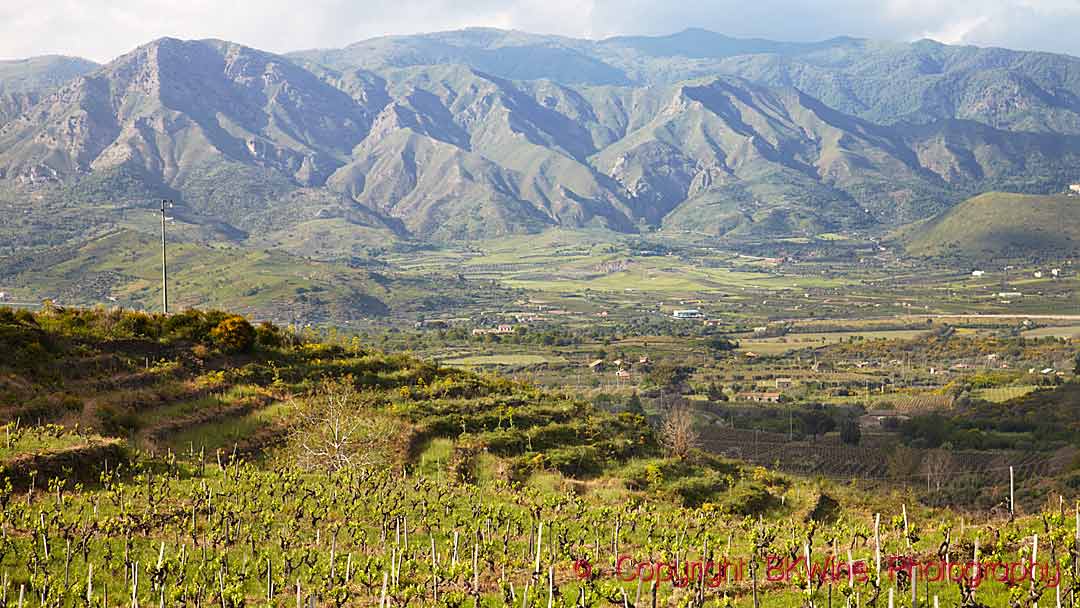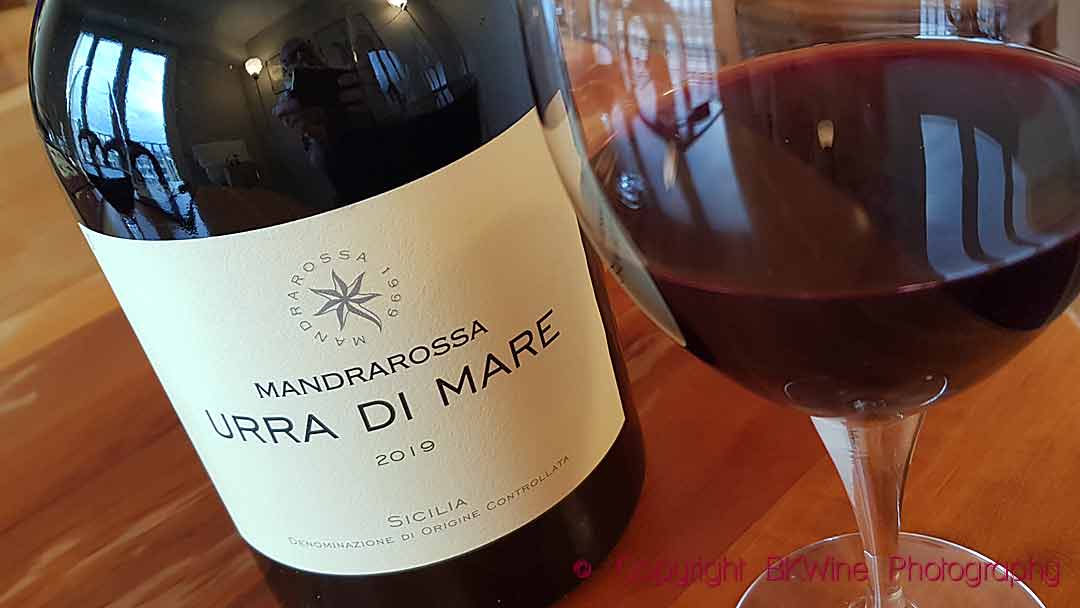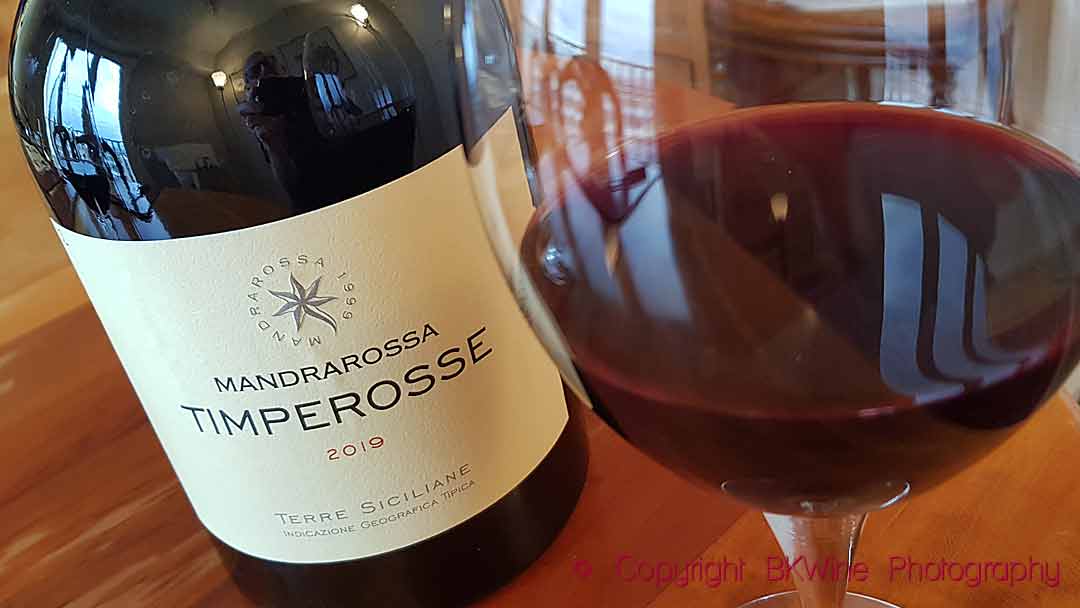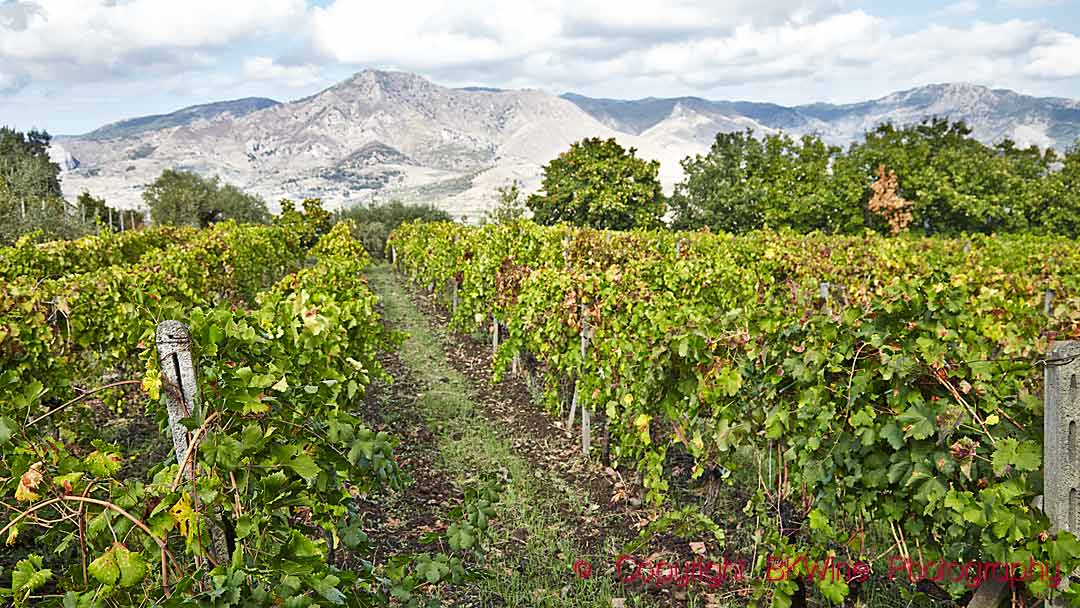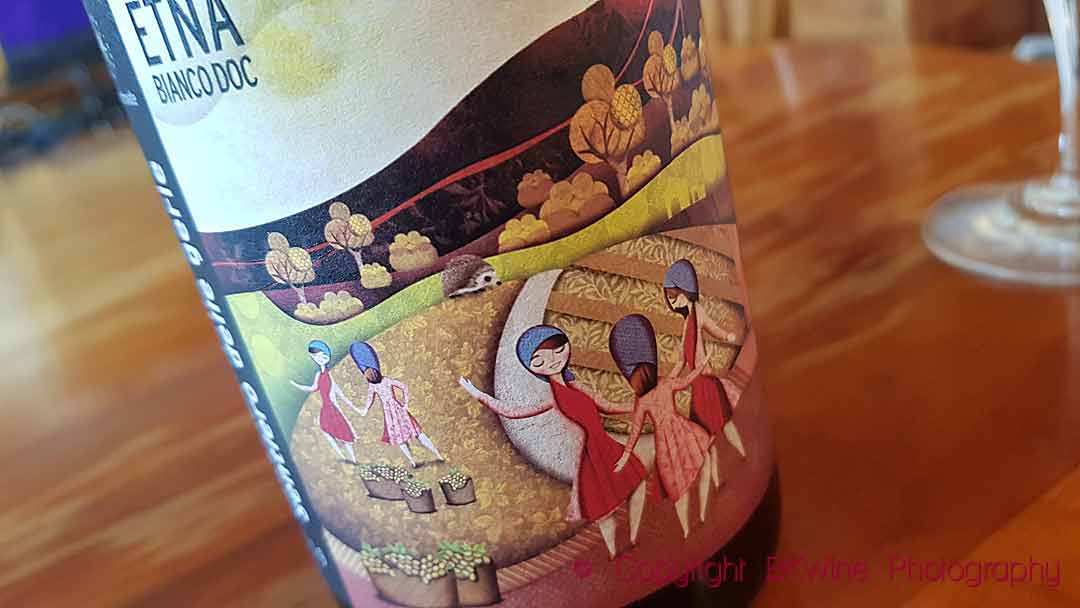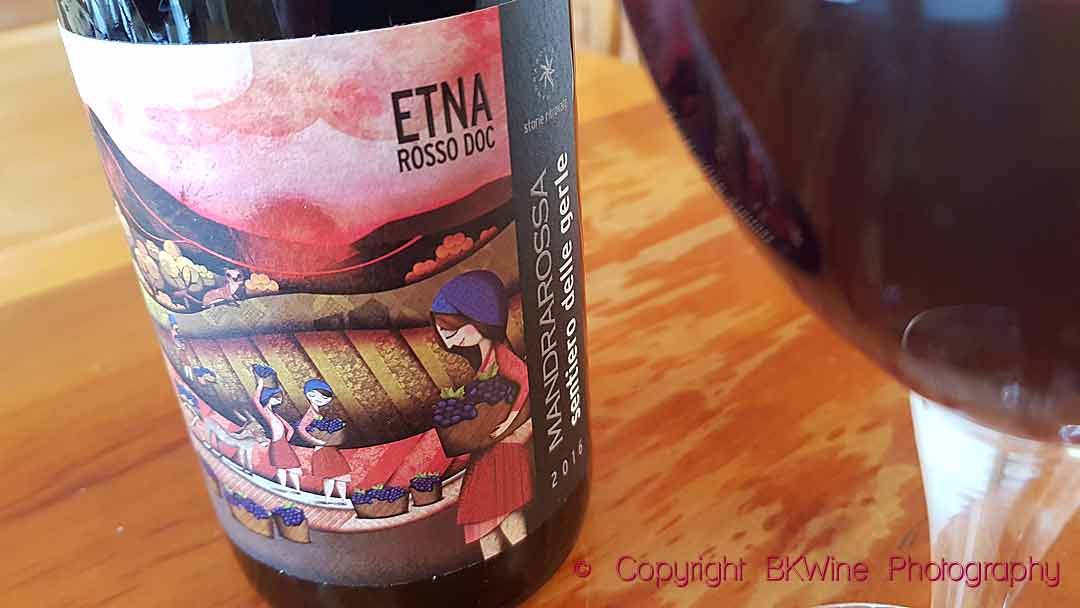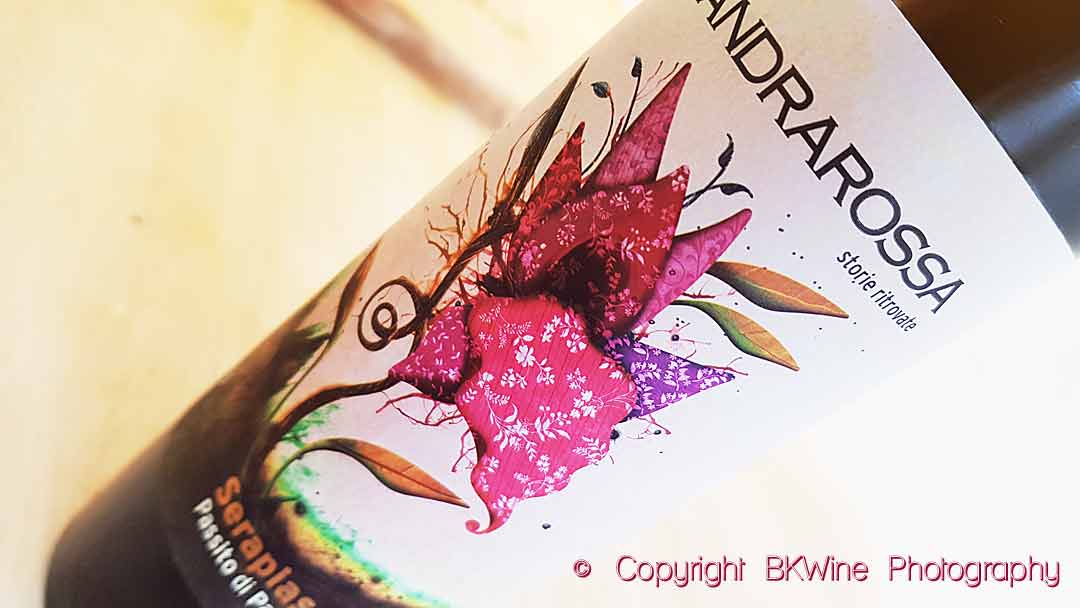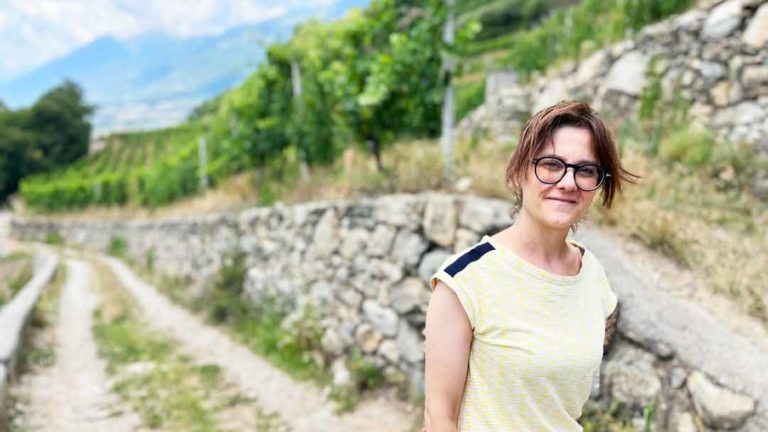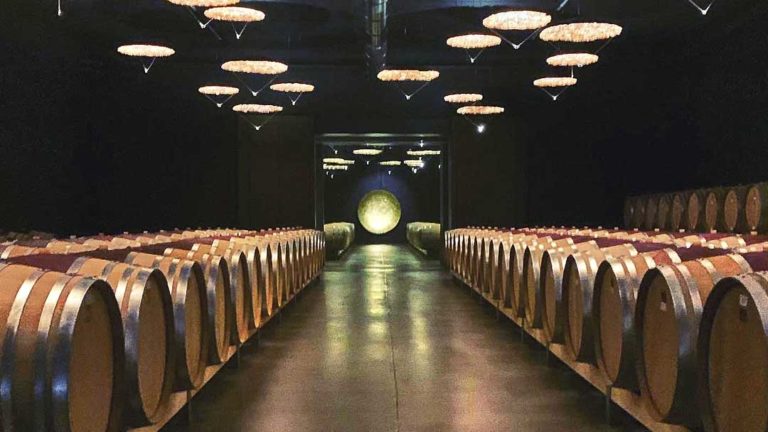Settesoli means “seven suns”. And for seven years, the growers of the newly formed Sicilian cooperative Settesoli waited patiently before making their first wine. They had started planting the vines in 1958 on land where wheat, lemons and cotton had previously been grown. They were a group of 68 growers in Menfi, in southwestern Sicily, who had joined forces. By the time of the first harvest in 1965, they were already 302.
Today, Cantina Settesoli has 2,000 members and over 6,000 hectares of vineyards. The headquarters are still in Menfi. The initiative in 1958 was successful, and the wines are exported to over 40 countries worldwide.
Cantina Settesoli has been a pioneer in many ways. At a time when most Sicilian wines were sold in bulk, Settesoli built one of Sicily’s first bottling plants in the 1970s. They started selling abroad. They did research to improve quality. In the mid-1980s, it was one of the first producers to plant chardonnay and other foreign grape varieties in Sicily.
The cooperative is now investing in sustainability with, for instance, significant investments in solar energy. 15% of the vineyards, around 800 hectares, is organically certified, and the number is increasing. It has introduced lighter bottles, and 60% of the bottles are from recycled glass.
The quality is maintained through several things. One is encouraging growers to supply first-rate grapes. Winemaker Domenico de Gregorio tells us that they pay growers based on the quality of the grapes. They have different parameters, such as sugar content, acidity, the health of the grapes, etc. The grapes are divided into groups, A and B and sometimes also C. “For the lesser qualities, we have two options,” says Domenico, “we sell them in bulk or use them in our less expensive wines.”
In 1999, Cantina Settesoli launched a completely new brand called Mandrarossa. It was the result of 20 years of studies of different terroirs and experiments with micro-vinifications. The wines come from Menfi, Etna and Pantelleria. Some of the wines are made with French grape varieties, such as petit verdot and sauvignon blanc, others with the classic Sicilian ones.
We spoke to Domenico and Roberta Urso, PR Manager for Madrarossa, to hear more about the wines and, not least, taste them.
Wines from Menfi
Mandrarossa Urra di Mare Sauvignon Blanc 2019
“This is our flagship,” says Roberta. “We harvest the grapes early, beginning of August, quickly, by machine.” After fermentation, the wine stays a few months in steel tanks f before bottling.
With its aromas of citrus, peaches and refreshing acidity you can almost feel the closeness to the sea and the constant cooling breeze that the vineyards here enjoy. (~30 euro, magnum)
Mandrarossa Timperosse Petit Verdot 2019
Petit verdot, the Bordeaux grape, is usually a grape for blending, but we see more and more single-variety wines, though it is still rare. Here, harvest is in the middle of September, by hand. The grapes come from south-facing hills in Menfi. The wine is made in a light and fruity style with fermentation at fairly low temperatures and ageing in steel tanks for a few months before bottling. It is refreshing and pleasant with herbal notes, ripe plums and red berries. “Try it chilled,” Roberta suggests. (~30 euro, magnum)
Studying the limestone soil
In 2014, Domenico, together with some experts and consultants, began to study in detail the rocky limestone soil in the vineyards around Menfi. The group of experts included well-known Pedro Parra from Chile. The results of these studies were the white Soprano and the red Terre del Sommacco.
Mandrarossa Bertolino Soprano Grillo 2017
Grillo is one of the local white varieties in Sicily. “It really expresses itself in the best possible way here”, says Domenico. “The wines have a good ageing potential, and the sea breeze helps to give them a good freshness.”
The fermentation is long, 15-20 days, at around 16 degrees C. Soprano is aged for 13–15 months in concrete tulip tanks and then for 11 months in large oak barrels. This gives a good complexity while retaining the freshness. There are apples and lemons in the aromas, some nuts. The taste is quite long and ends with a juicy finish that makes you want to have another sip. (~20 euro)
Mandrarossa Terre del Sommacco Rosso Nero d’Avola 2016
Nero d’avola is one of Sicily’s great red grape varieties. It thrives on calcareous soil. Here it grows at an altitude of 300 meters. The grapes are harvested the first week in September, and the grape must ferments at a temperature of 22-25 degrees C.
The character is very typical of the grape, according to Domenico. There are cherries, which is typical, he says, wild herbs and red, ripe berries. It is tasty with a relatively soft finish. The wine first stays for 18 months in steel tanks, followed by nine months in large oak barrels (botti) of 50 hectolitres. (~23 euro)
“Sicily has traditionally used the large botti for ageing,” says Domenico, “but in the new millennium, the trend was to use small French barrels, barriques, here as well. It was good for a specific moment, but not for the future. Now we are back to the tradition with big barrels to preserve authenticity.”
The wines from Etna
Etna attracts many today. The cooperative has not invested in wineries or vineyards but has agreements with families who have the same vision as they have. Here on Etna, they make wine from carricante and nerello mascalese. They rent four hectares of carricante and three hectares of nerello mascalese. Both varieties grow on the south-eastern slopes of the volcano.
Mandrarossa Sentiero delle Gerle Etna Bianco DOC 2019
Carricante, the local white Etna grape, is harvested during the second half of September. The grape bunches are destemmed. “It gives more acidity, more quality and more ageing potential”, says Domenico. The grapes are pressed very carefully; the pressure must not exceed 0.8 bar. Then follows a long fermentation, 25-30 days, at a cool temperature. After that, the wine stays in a steel tank for 14 months.
The wine has carricante’s typical juiciness and freshness that makes it a pleasure to drink, especially as it is combined with floral and citrus aromas. The acidity gives the wine a good structure. (~13 euro)
Mandrarossa Sentiero delle Gerle Etna Rosso DOC 2016
The grape is the elegant nerello mascalese, the great grape of Etna. Here they harvest later than in Menfi, the first half of October. The fermentation is long and at temperatures that are higher than for the other red wines, around 27 degrees C. “The grape needs time,” says Domenico, “and we want to extract more colour.”
The wine stays for 10-12 months in 50 hectolitre barrels and also some months in the bottle before it is released for sale. The result is a stylish, tasty wine with good freshness, ripe fruit aromas, red berries and warm spices. (~16 euro)
Pantelleria
Mandrarossa Serapias Passito di Pantelleria DOC 2019
Pantelleria is called the windy island. It is a small island, right between Sicily and Tunisia, known for its sweet passito wine. Cantine Settesoli grows two hectares of the local zibibbo, which in other places is called muscat d’alexandrie. We taste the 2019, their first vintage.
The vines are bush vines, pruned with alberello pantesco, an old, traditional method that both protects the vines from the strong sirocco winds and gives them a good water supply during the hot summers. Serapias, the name of the wine, is a unique orchid that grows on the island.
Domenico tells us that they first harvest in the southern part of the island, where the sirocco wind is strongest. They leave the grapes to dry in the sun, on the ground, for 20 days. Further north on the island, they pick 20 days later, and these grapes are not dried. It is the fresh grapes that ferment, and then they blend with the must from the dried grapes. The wine stays for around ten months in steel tanks.
The sugar content is an astonishing 190 grams per litre. And, of course, it is sweet. But at the same time, there’s freshness, and the body is relatively light, although the aromas, of apricots not least, are intense and rich. But it is not heavy wine. It has a beautiful golden colour. (~27 euro)


